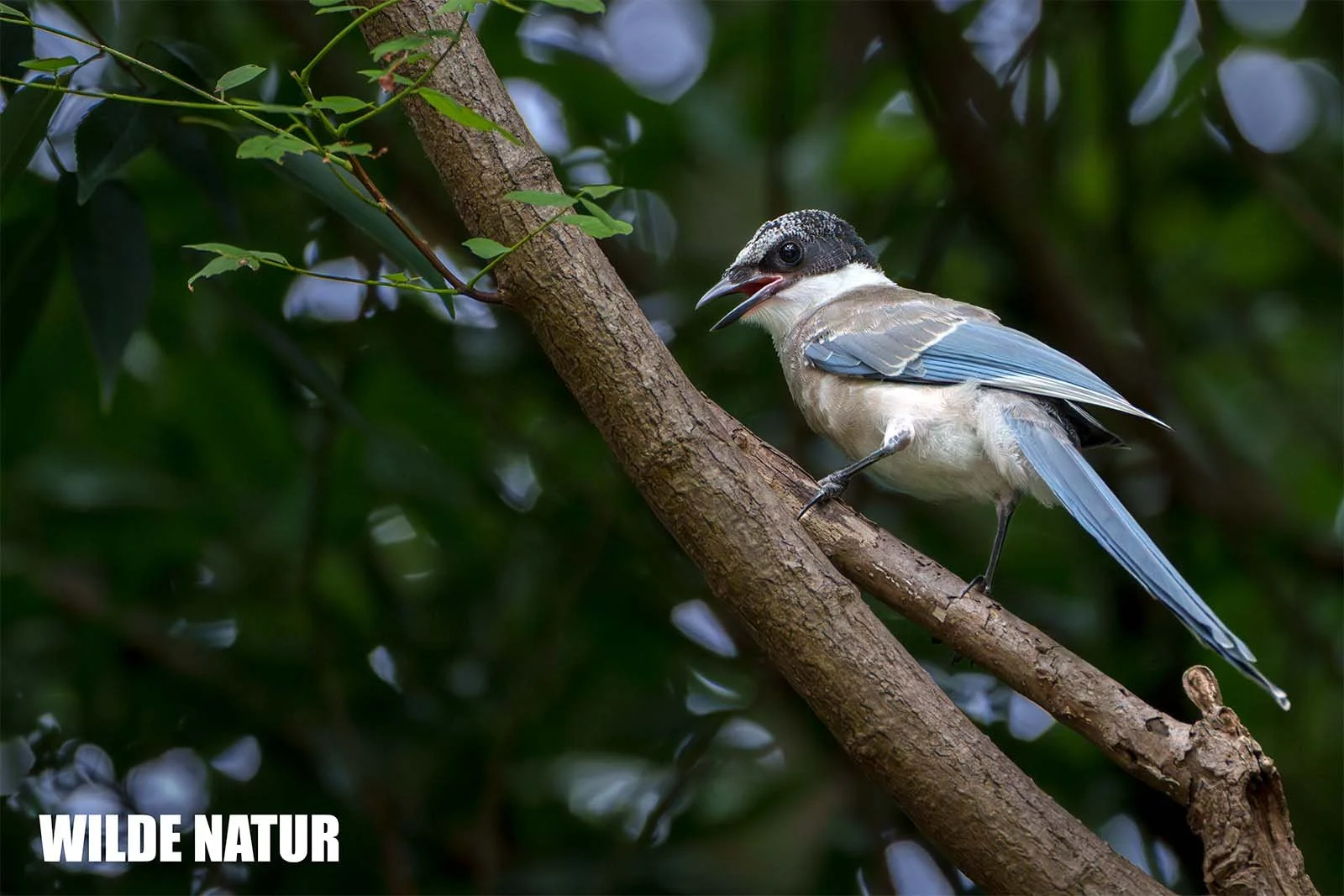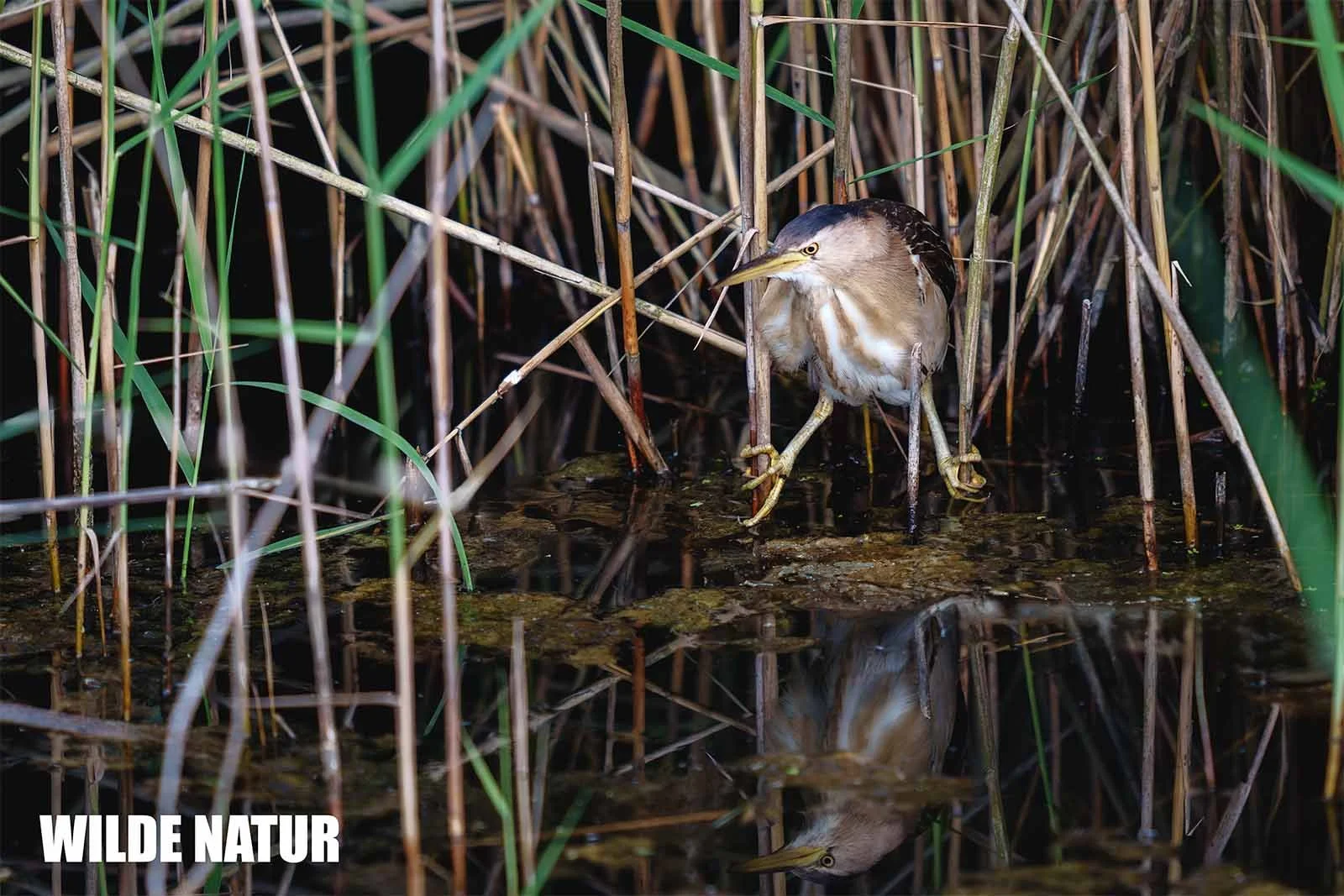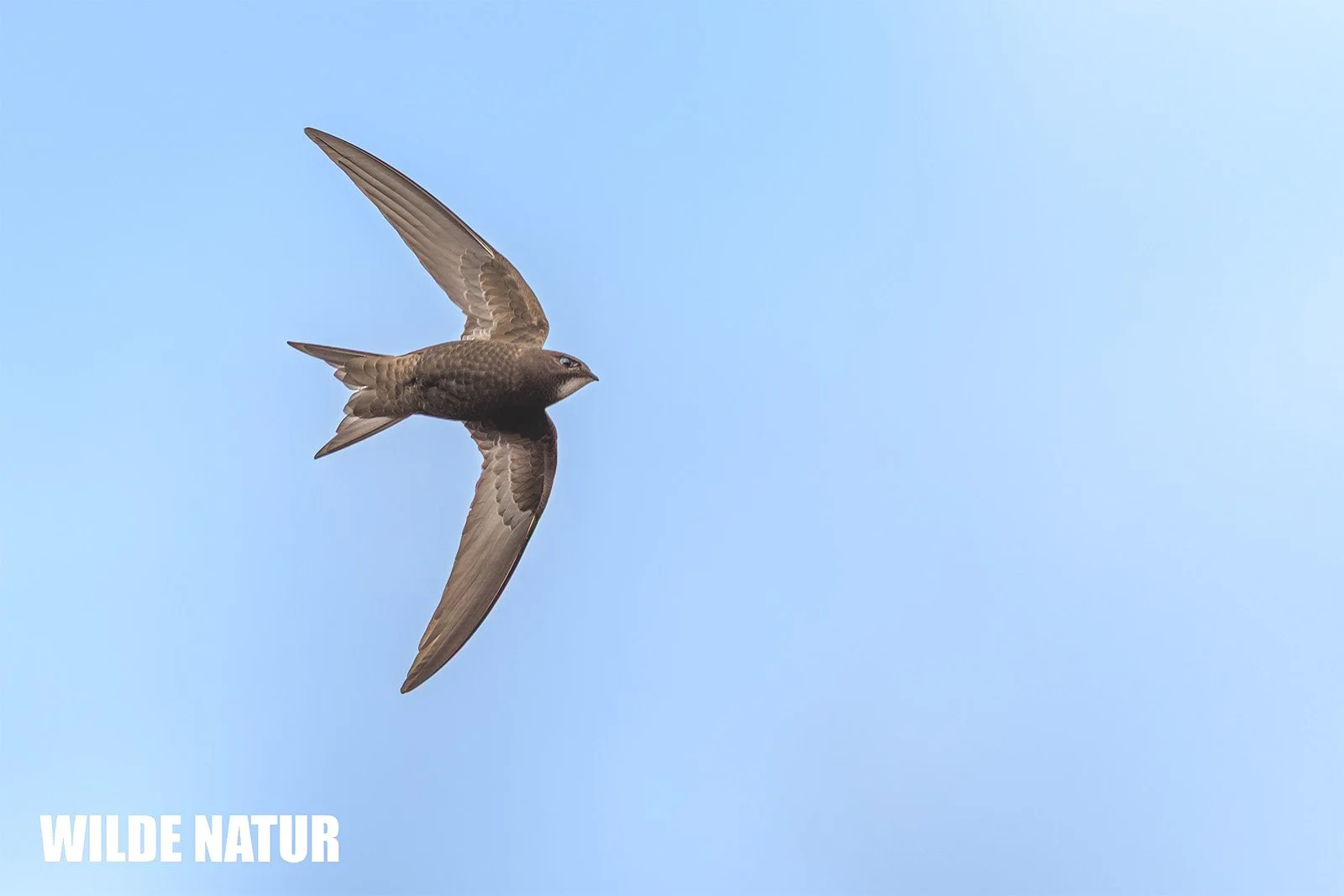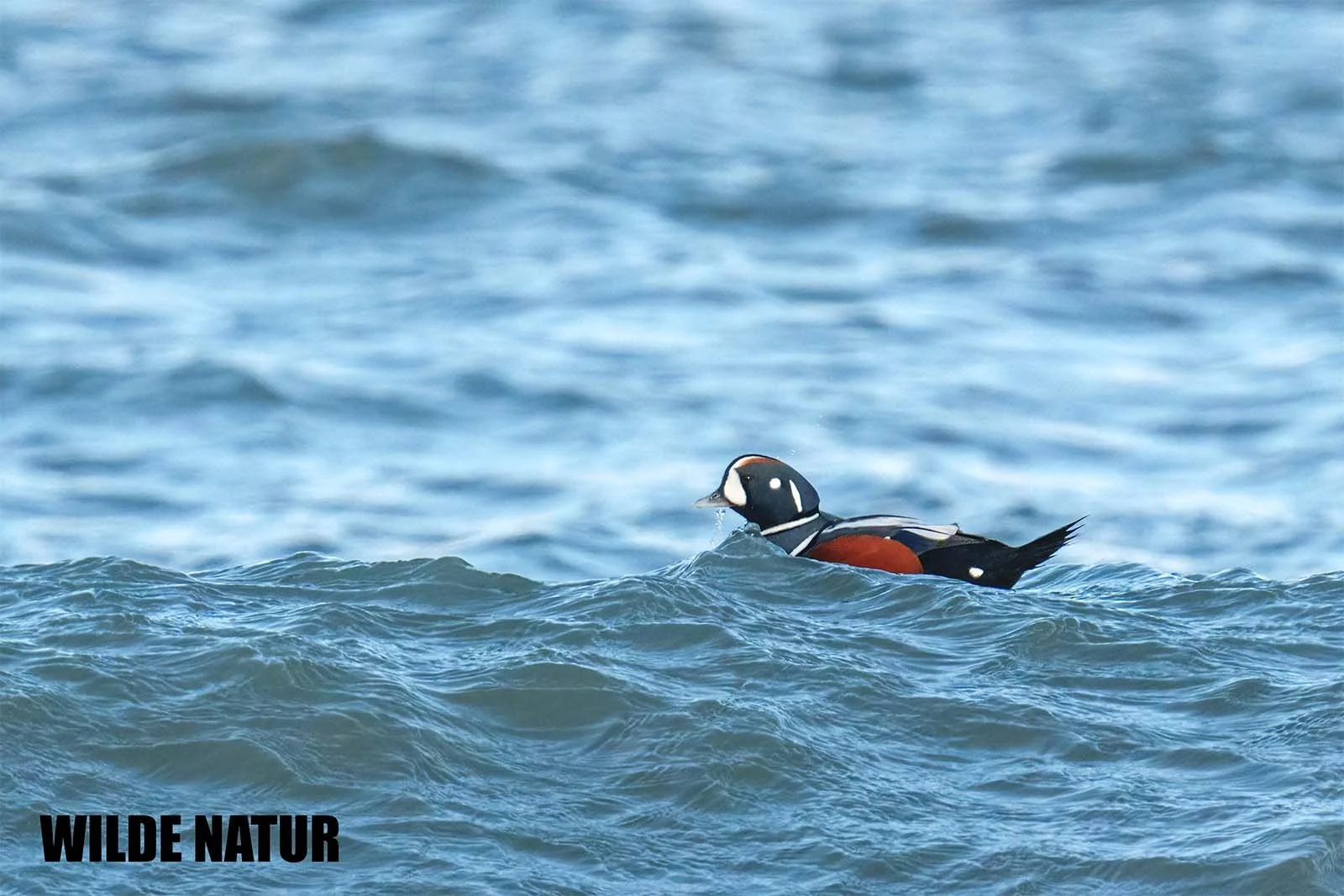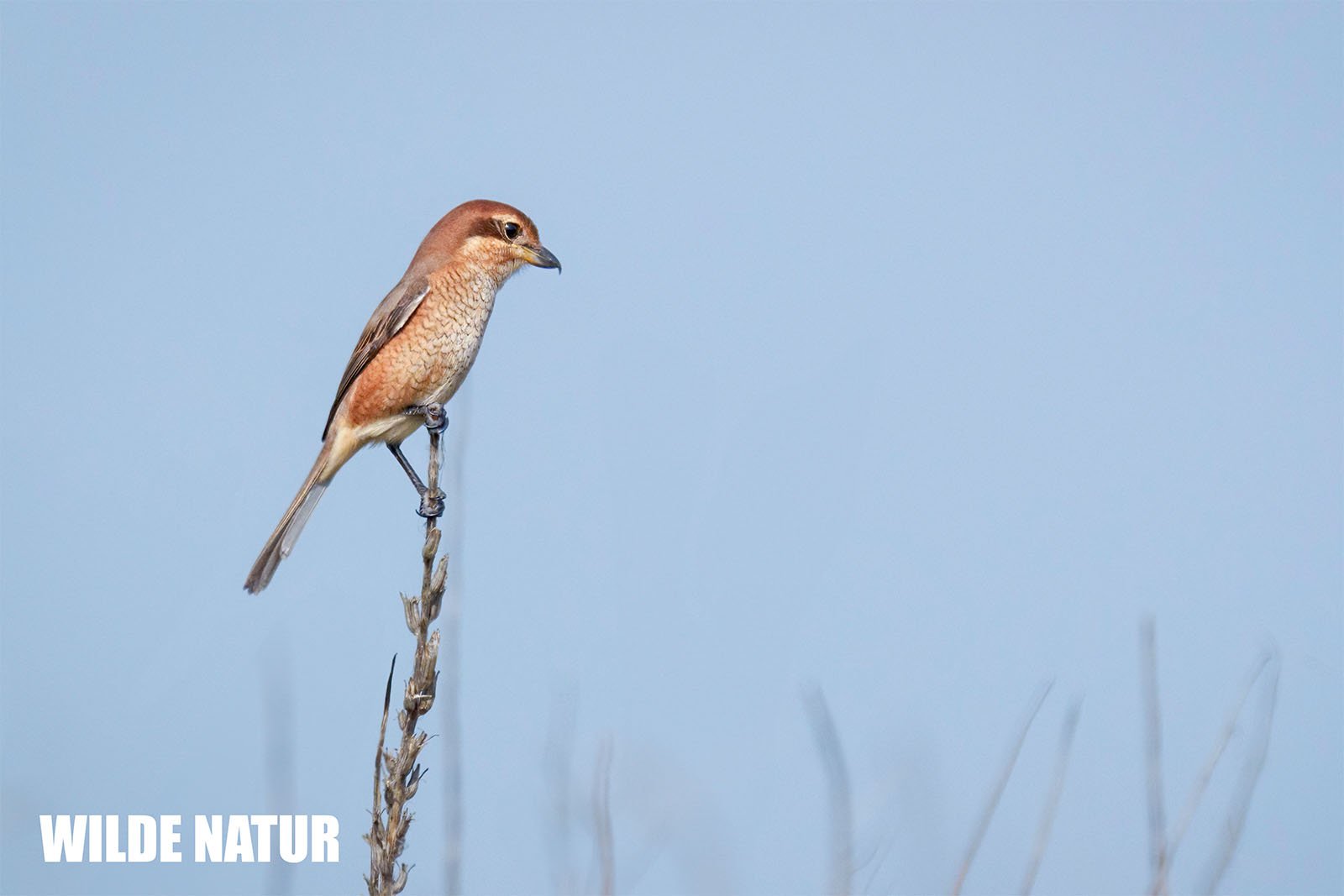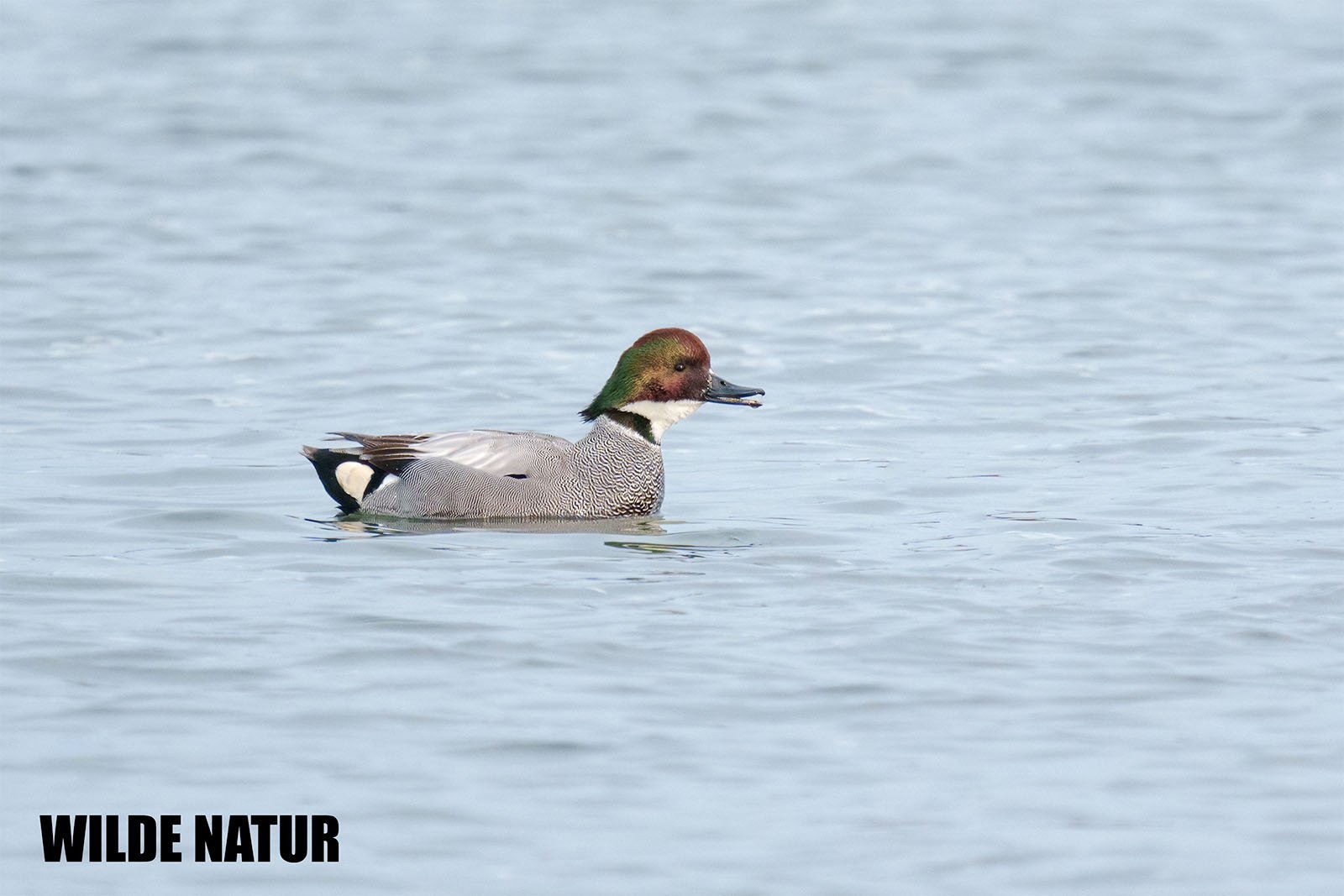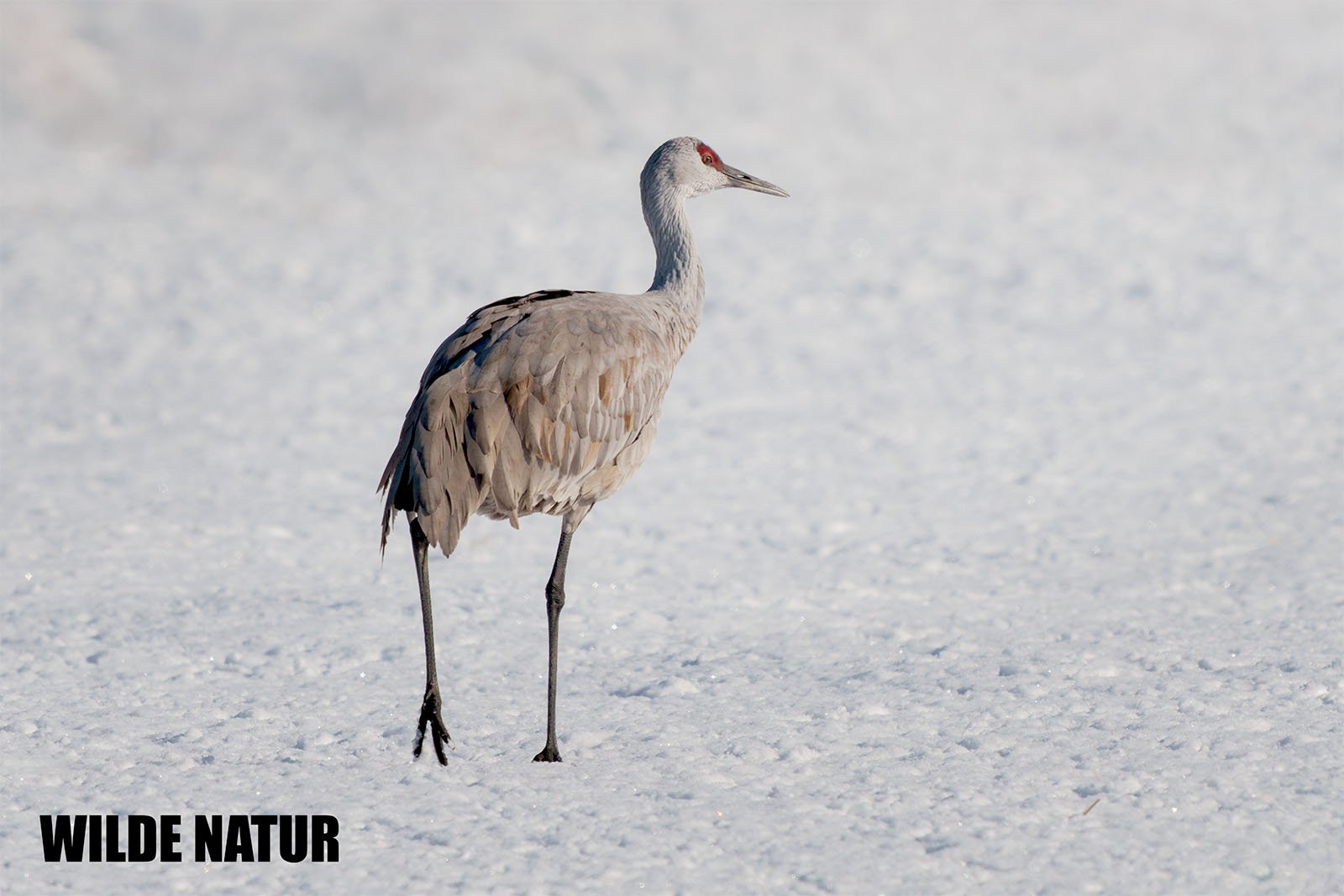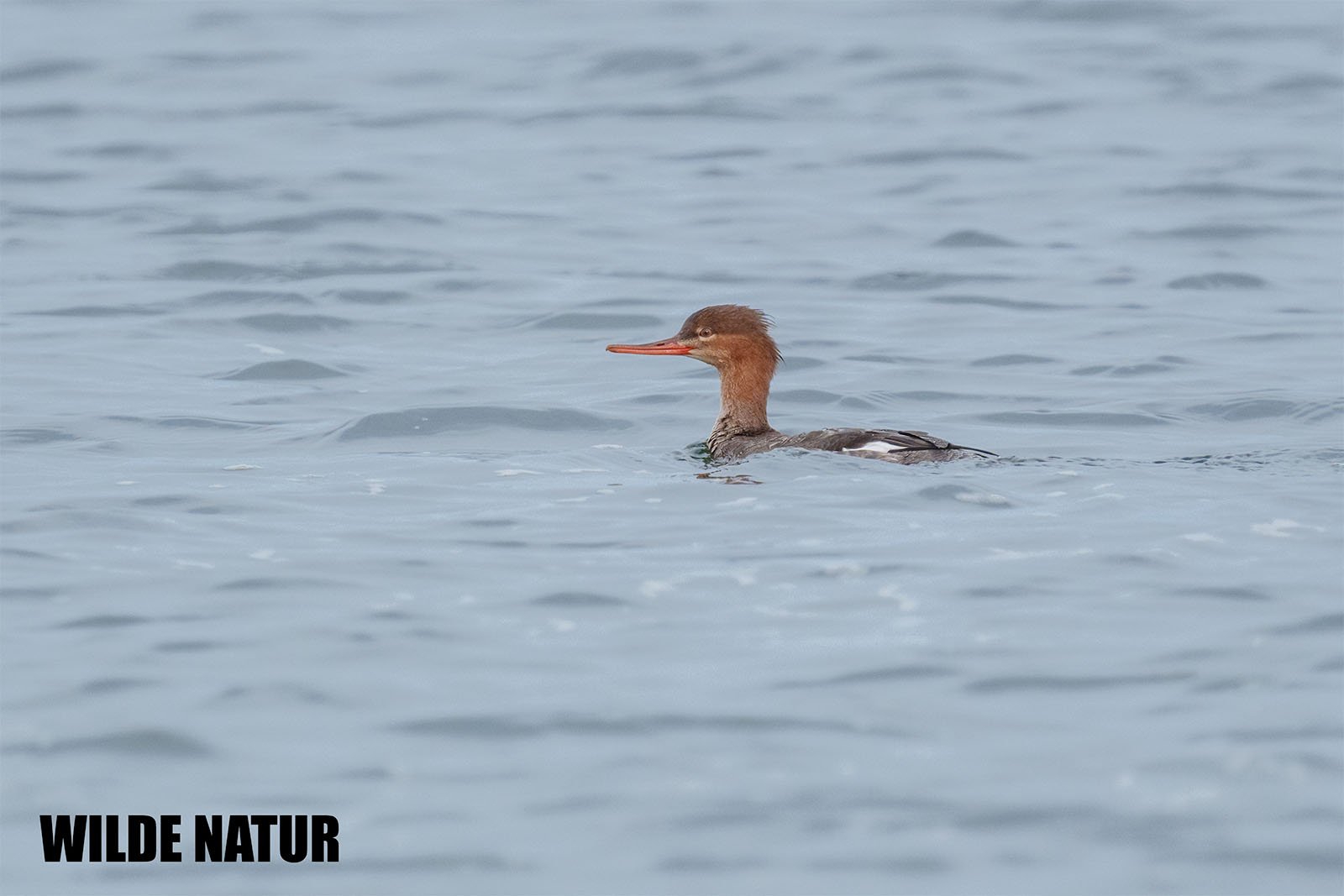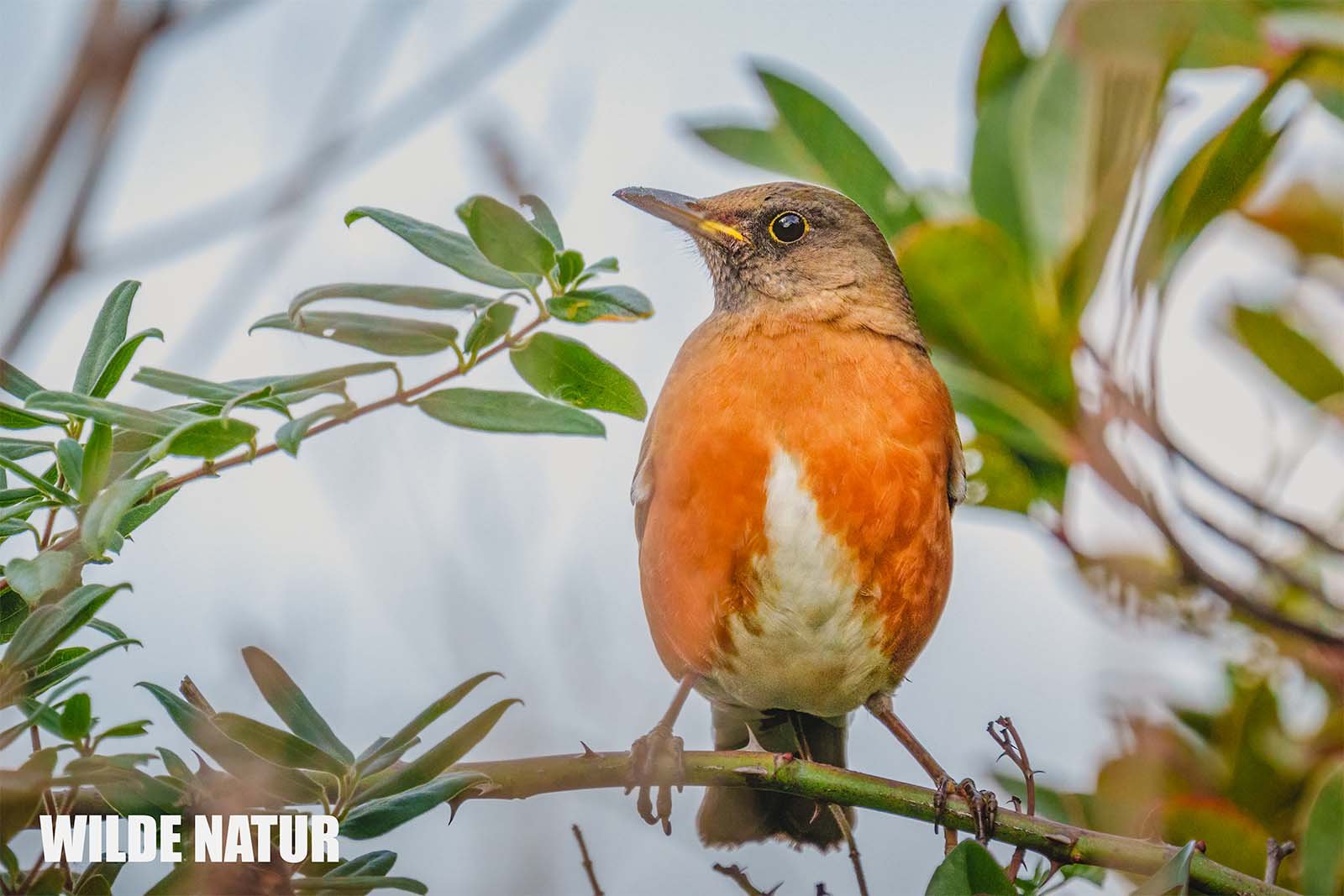Red-breasted Merganser (Mergus serrator)
Red-breasted merganser (Mergus serrator) with a reddish-brown head and slim red bill.
Red-breasted Merganser - Precision Diver of Winter Waters
The Red-breasted Merganser (Mergus serrator) is a winter visitor to Japan's lakes and coasts. A specialist fish hunter with a wild crest and hooked red bill – sleek, silent, and spectacular.
Shortlist
Slender diving duck with a punk-like crest
Red, saw-edged bill ideal for catching slippery fish
Winters in coastal waters, rivers, and lagoons
Not endangered but sensitive to water pollution
Master of stealth and precision below the surface
Scientific Name: Mergus serrator
German Name: Mittelsäger
English Name: Red-breasted Merganser
Length: 52–58 cm
Weight: 800–1,200 g
Plumage:
- Male: Green-black head, rust-brown chest, grey sides, white belly
- Female: Reddish-brown head, grey-brown body
Bill: Long, red, with hook and serrated edges
Diet: Fish, crustaceans, insect larvae
Breeding: Not in Japan; 6–12 eggs, chicks are precocial
Annual Pattern: Winter visitor (Nov–Mar/Apr)
Habitat: Coasts, rivers, lakes, brackish waters
Migration: Long-distance migrant
Status: Not threatened
Table of Contents
- Introduction
- Appearance
- Habitat
- Diet
- Breeding
- Migration
- Population
- Summary Sheet
- FAQ – Frequently Asked Questions
Introduction
He looks like a punk rocker, swims like a torpedo, and hunts like a pro. The Red-breasted Merganser is one of the most intriguing winter birds in Japan. With its ragged crest, slim frame, and sharp red bill, it's built for aquatic stealth – and if you blink, it’s already underwater.
Appearance
Compared to a Mallard, the Red-breasted Merganser is slightly larger but slimmer, shaped for speed and precision.
Male (breeding plumage):
- Glossy green-black head with messy crest
- Chestnut brown chest, pale grey flanks, white belly
- Long, red, serrated bill with a subtle hook
- Red eyes, reddish legs
Female:
- Reddish-brown head with similarly tousled crest
- Grey-brown body, lighter underside
- Red bill, less contrasting overall
Both sexes look like tough, cold-weather survivors – streamlined and storm-ready.
Habitat
In Japan, the Red-breasted Merganser is a regular winter guest.
Typical winter habitats:
- Coastal waters and bays
- River mouths, estuaries, lagoons
- Urban rivers with calm, clear stretches
- Occasionally in brackish water and harbors
They need clear, fish-rich waters with minimal human disturbance.
Diet
A dedicated fish hunter, the Red-breasted Merganser is perfectly built for underwater pursuit.
What they eat:
- Small to medium-sized fish
- Insect larvae
- Crustaceans and mollusks
Hunting style:
- Active diving with rapid leg propulsion
- Multiple dives in succession
- Sometimes hunts cooperatively in small groups
- Serrated bill helps grip slippery prey
- Swims calmly, then disappears without warning
Built for precision and speed, this bird is a stealthy predator.
Breeding
The Red-breasted Merganser does not breed in Japan. Its breeding grounds lie further north – in Siberia and Scandinavia.
Breeding behavior:
- Season: Spring and early summer
- Nest sites: Tree stumps, crevices, dense vegetation near water
- Nest: Grass-lined, padded with down
- Clutch: 6–12 eggs
- Incubation: Only by the female
- Chicks are precocial – they leave the nest and swim soon after hatching
Migration
The Red-breasted Merganser is a long-distance migrant.
- Arrival in Japan: From November
- Departure: By March or April
- Sometimes seen in unusual spots: city canals, harbors, even near industrial zones
It follows a predictable rhythm, heading south to milder waters for the winter.
Population
The Red-breasted Merganser is not considered endangered, but it is not common either.
Risks include:
- Water pollution – it hunts by sight
- Human activity along shorelines
- Declining fish stocks in shallow coastal waters
Still, it is regularly recorded during winter bird counts, especially in Hokkaidō and along northern and central Honshū.
Summary Sheet – Red-breasted Merganser
| Feature | Description |
|---|---|
| Scientific Name | Mergus serrator |
| English Name | Red-breasted Merganser |
| German Name | Mittelsäger |
| Length | 52–58 cm |
| Weight | 800–1,200 g |
| Male Plumage | Green-black head, rusty chest, grey sides |
| Female Plumage | Reddish head, grey body |
| Bill | Long, red, hooked and serrated |
| Diet | Fish, crustaceans, insect larvae |
| Breeding | Not in Japan – nests near water in northern forests |
| Clutch Size | 6–12 eggs |
| Seasonality | Winter visitor (Nov–Mar/Apr) |
| Habitat | Coastal waters, rivers, lakes, lagoons |
| Migration | Long-distance migrant |
| Status | Not threatened |
FAQ – Frequently Asked Questions
1. When can I see Red-breasted Mergansers in Japan?
From November to March or April, especially in Hokkaidō and along the coasts of Honshū.
2. How does it differ from the Common Merganser?
The Red-breasted Merganser is slimmer, has a shaggier crest, and a rust-colored chest. The Common Merganser is bulkier with smoother head plumage.
3. What kind of water does it need?
Clean, fish-rich water. It hunts by sight and avoids muddy or polluted areas.
4. Is it easy to spot?
With patience – yes. Look for them early in the morning or at dusk in calm river bends or protected coastal zones.
5. Is it endangered?
No, but it's vulnerable to environmental degradation, especially water pollution and loss of prey.


